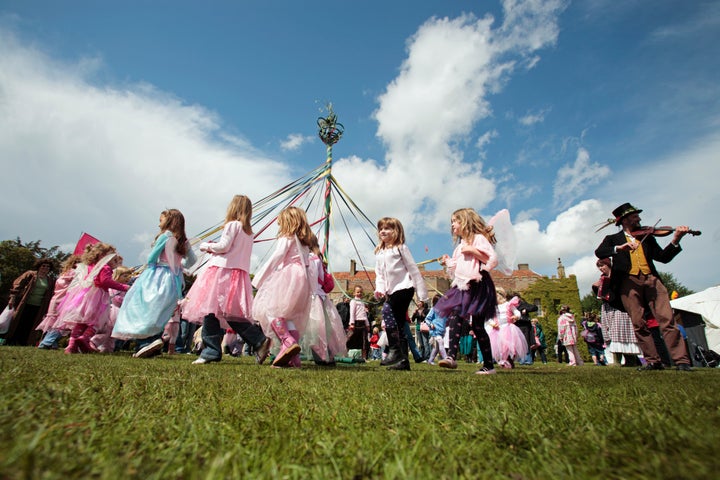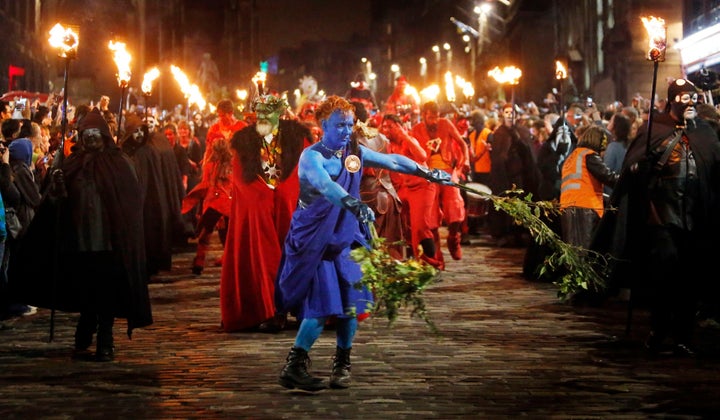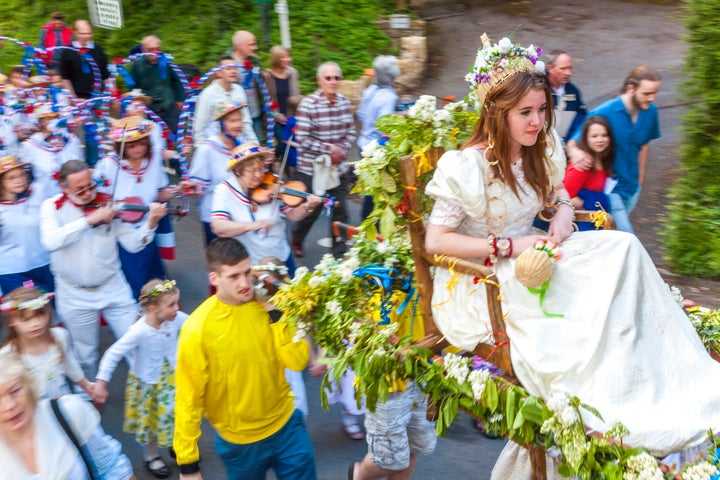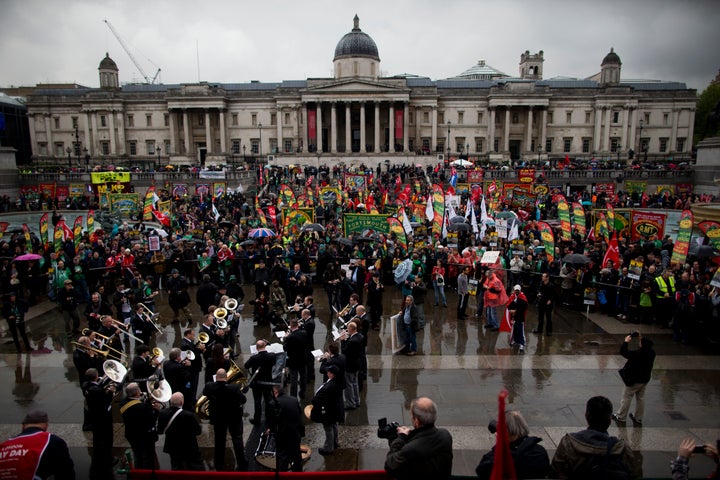May Day is traditionally celebrated on 1 May every year, although in the UK the bank holiday is held on the first Monday of the month.
This year the bank holiday falls on Monday 2 May.
While for many, May Day is simply associated with the chance to have a lie-in, the day also has a tradition of political protest.

The History Of May Day
May Day has roots in pagan tradition celebrating spring, firstly Floralia, the festival of Flora, the Roman goddess of flowers.
It also has roots in the Gaelic celebration of Beltane, marking the beginning of summer.
May Day celebrations were banned in Britain by the Puritan government following the execution of Charles I on 30 January 1649. They were, however, reinstated with the restoration of Charles II in 1660.
A bank holiday was celebrated in Scotland since 1871 but was only introduced in the rest of the UK in 1978 by the then-employment secretary Michael Foot.

May Day Traditions
In some villages, a maypole is erected with ribbons attached. People, often children of the village, dance around the pole. The symbolism of this tradition is hotly debated, with some suggesting the pole represents the Earth's axis while others claim it is a phallic symbol associated with fertility.
Morris dancers, dressed in traditional costumes and wearing bell pads on their shins, may perform while wielding items such as sticks, swords or handkerchiefs.
Some celebrations may also see a May Queen crowned. Often a young girl wearing white and crowned with flowers, the May Queen may make a speech before leading a procession.

May Day Protests
In the UK, May Day has recently become linked to International Workers' Day, known as Labour Day in some other countries.
This is a celebration of labourers and the working classes and in recent years has seen large-scale protests organised by the anti-capitalist movement in cities including London, Glasgow and Edinburgh.
In 2000, protests in London saw a statue of Winston Churchill and the Cenotaph defaced.

This year, Labour leader Jeremy Corbyn and shadow chancellor John McDonnell are set to speak at the traditional trade union rally, which will see a march take place from Clerkenwell Green to Trafalgar Square.
Around the world, other protests often take place in association with International Workers' Day,
